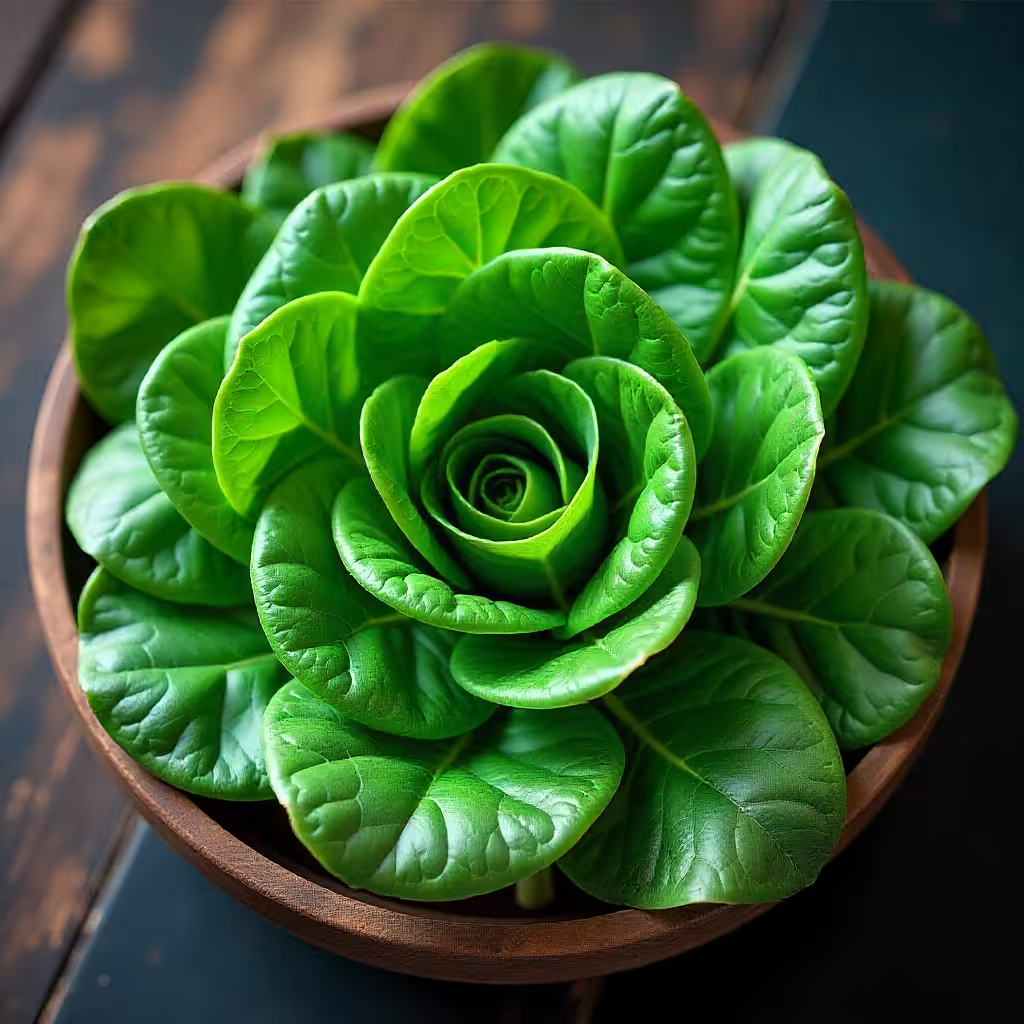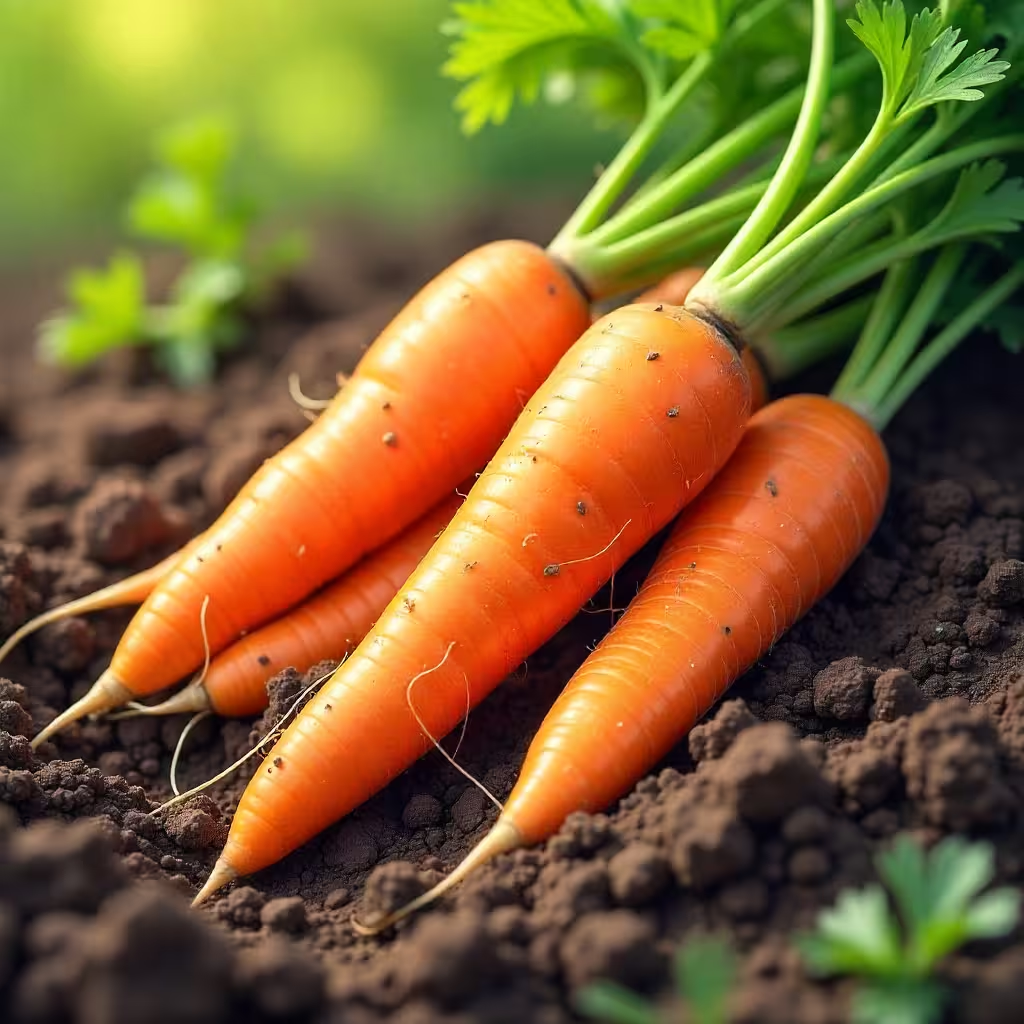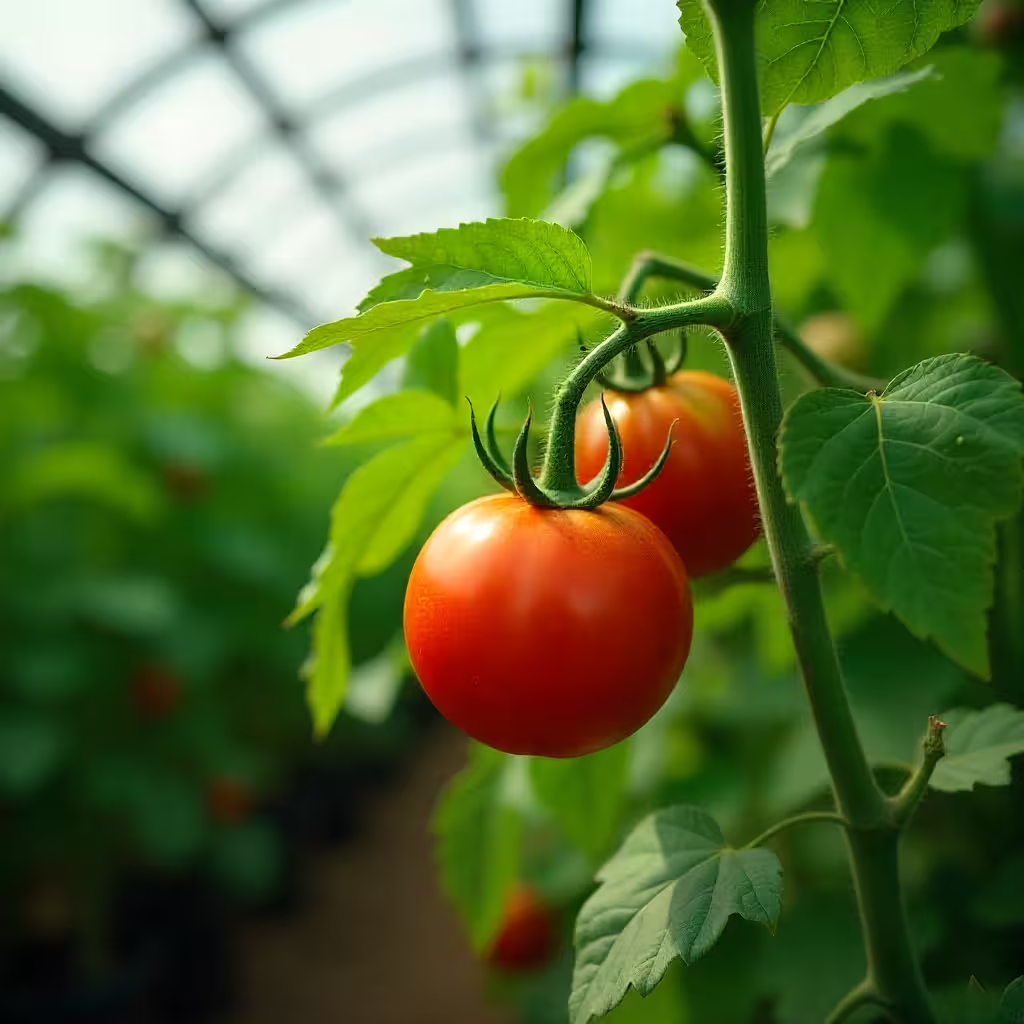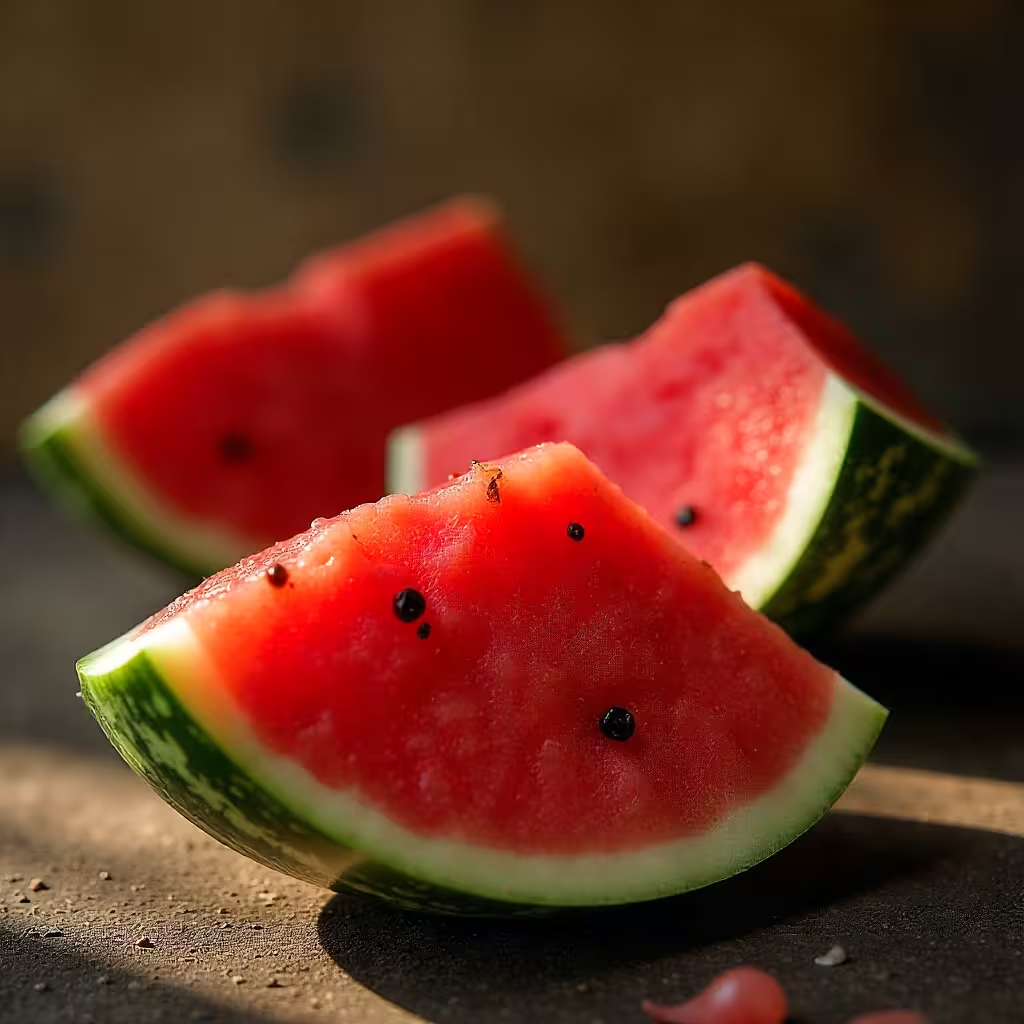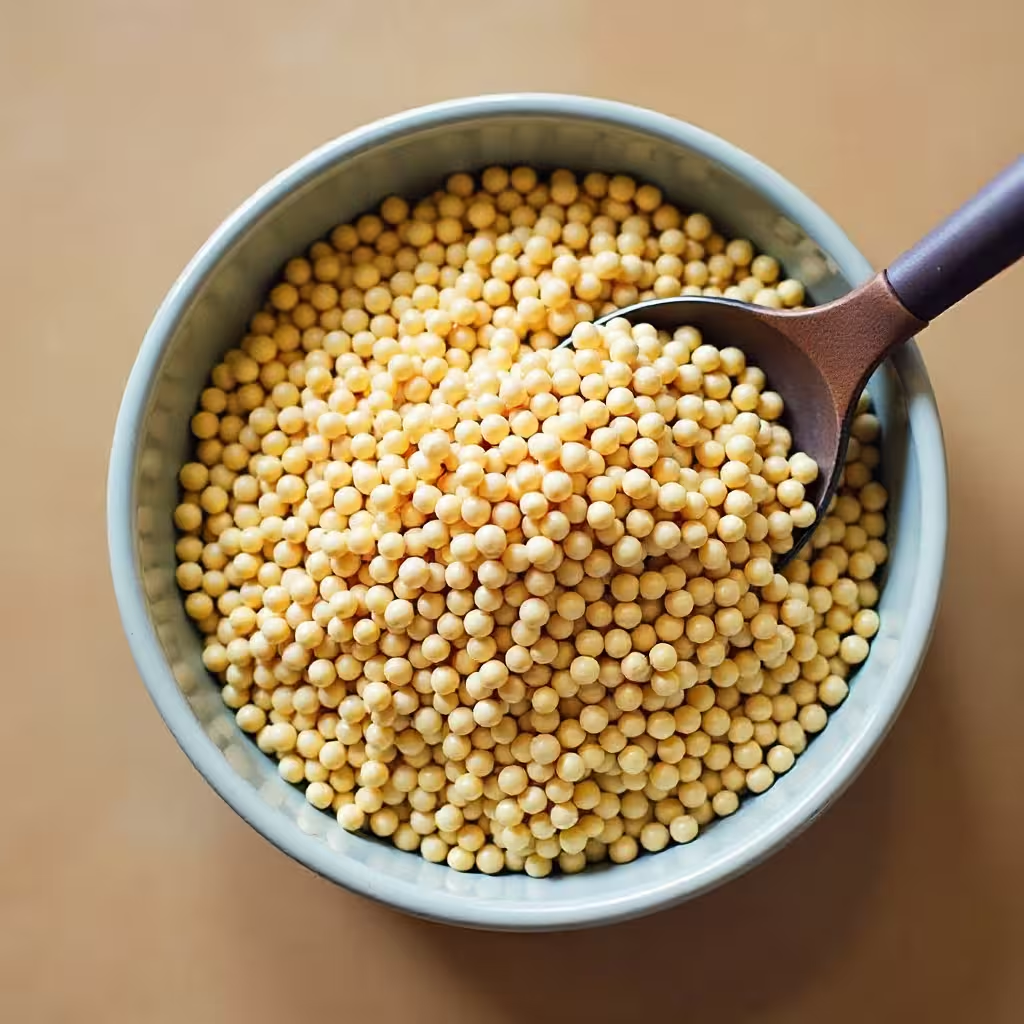Leafy Greens: Hidden Benefits for Resilient, Age-Defying Skin
Leafy greens like spinach, kale, Swiss chard, collard greens, and arugula represent some of the most nutrient-dense foods available for maintaining youthful, healthy skin, offering an unparalleled combination of vitamins, minerals, and phytonutrients that work together to protect, repair, and rejuvenate your complexion. These verdant powerhouses deliver extraordinary concentrations of vitamins A, C, E, and K along with essential minerals like iron, calcium, and magnesium, all of which play crucial roles in the complex processes that keep your skin looking firm, smooth, and radiant. What makes leafy greens particularly valuable for anti-aging is their diverse array of antioxidants including lutein, zeaxanthin, beta-carotene, and various polyphenols that provide multi-layered protection against the oxidative stress that accelerates aging and leads to wrinkles, sagging, and uneven tone. When you regularly consume leafy greens, you're essentially giving your skin access to a complete nutritional toolkit that supports every aspect of skin health simultaneously—collagen production, cellular repair, inflammation control, moisture retention, and protection against environmental damage. Unlike supplements that provide isolated nutrients, leafy greens deliver their benefits in a whole food matrix where compounds enhance each other's absorption and effectiveness, creating synergistic effects that cannot be replicated by taking individual vitamins, making these humble vegetables one of the most powerful and comprehensive anti-aging foods nature offers.
How Leafy Greens Support Collagen Synthesis and Skin Firmness
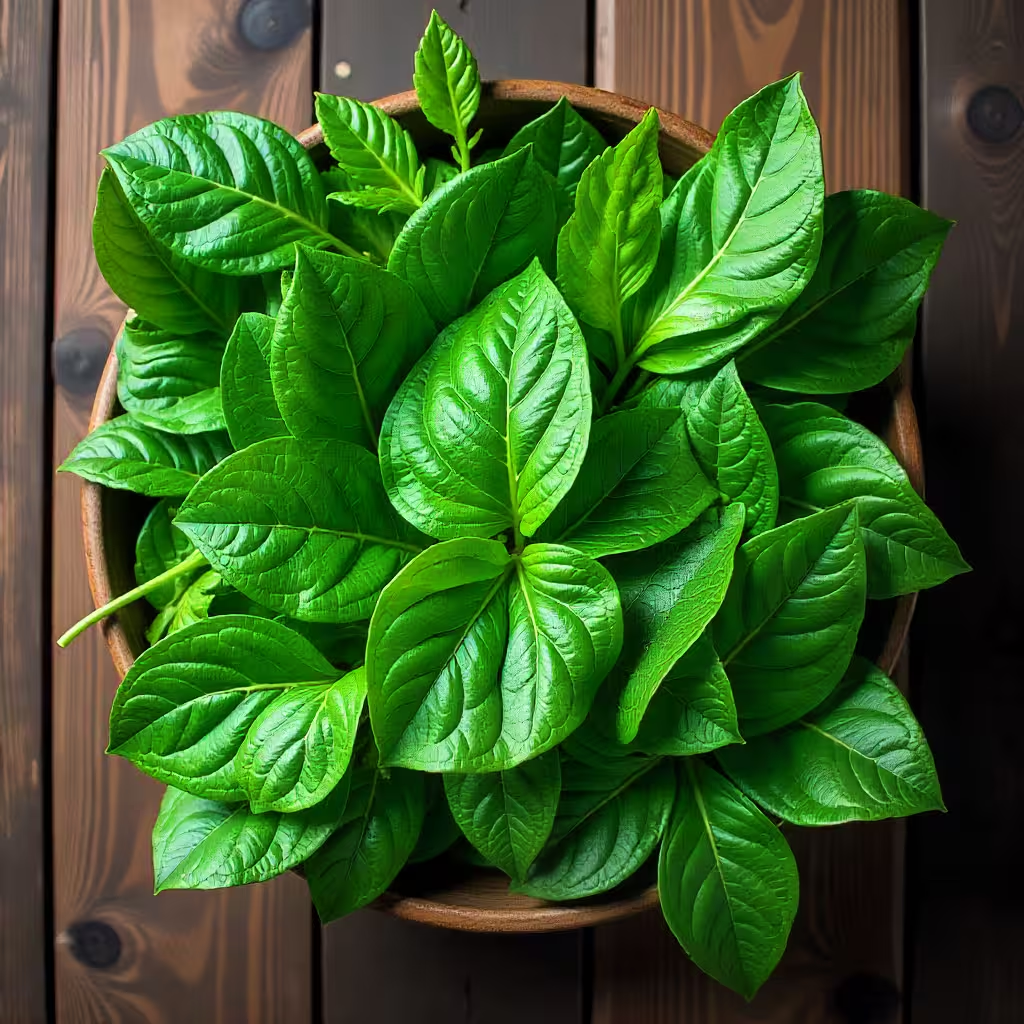
The exceptional vitamin C content in leafy greens plays an absolutely critical role in maintaining your skin's structural integrity through collagen synthesis, the process by which your body builds the protein scaffolding that keeps your complexion firm and resilient. A single cup of raw kale provides more than your entire daily vitamin C requirement, while spinach, Swiss chard, and other leafy greens deliver substantial amounts of this essential nutrient that your body needs constantly for ongoing collagen production. Without adequate vitamin C, the enzymes responsible for stabilizing collagen molecules cannot function properly, and your skin's structural foundation gradually weakens, leading to the sagging and deep wrinkles that characterize aged complexions. The vitamin A in leafy greens, present as beta-carotene and other carotenoids, works synergistically with vitamin C to optimize collagen production by regulating gene expression in fibroblasts and ensuring these specialized cells maintain their ability to produce structural proteins efficiently throughout your life. Leafy greens also provide copper, zinc, and manganese—trace minerals that serve as cofactors for various enzymes involved in collagen cross-linking and maturation, the processes that transform newly synthesized collagen into the strong, stable fibers capable of supporting your skin against gravity and mechanical stress. The vitamin E in leafy greens further protects existing collagen from degradation by neutralizing free radicals that would otherwise attack these proteins and break them down prematurely, helping your skin maintain its structural support for longer periods and resist the collapse and thinning that makes older skin appear hollow and sunken in areas that once looked full and youthful.
Leafy Greens' Lutein and Zeaxanthin for Skin Hydration and Elasticity
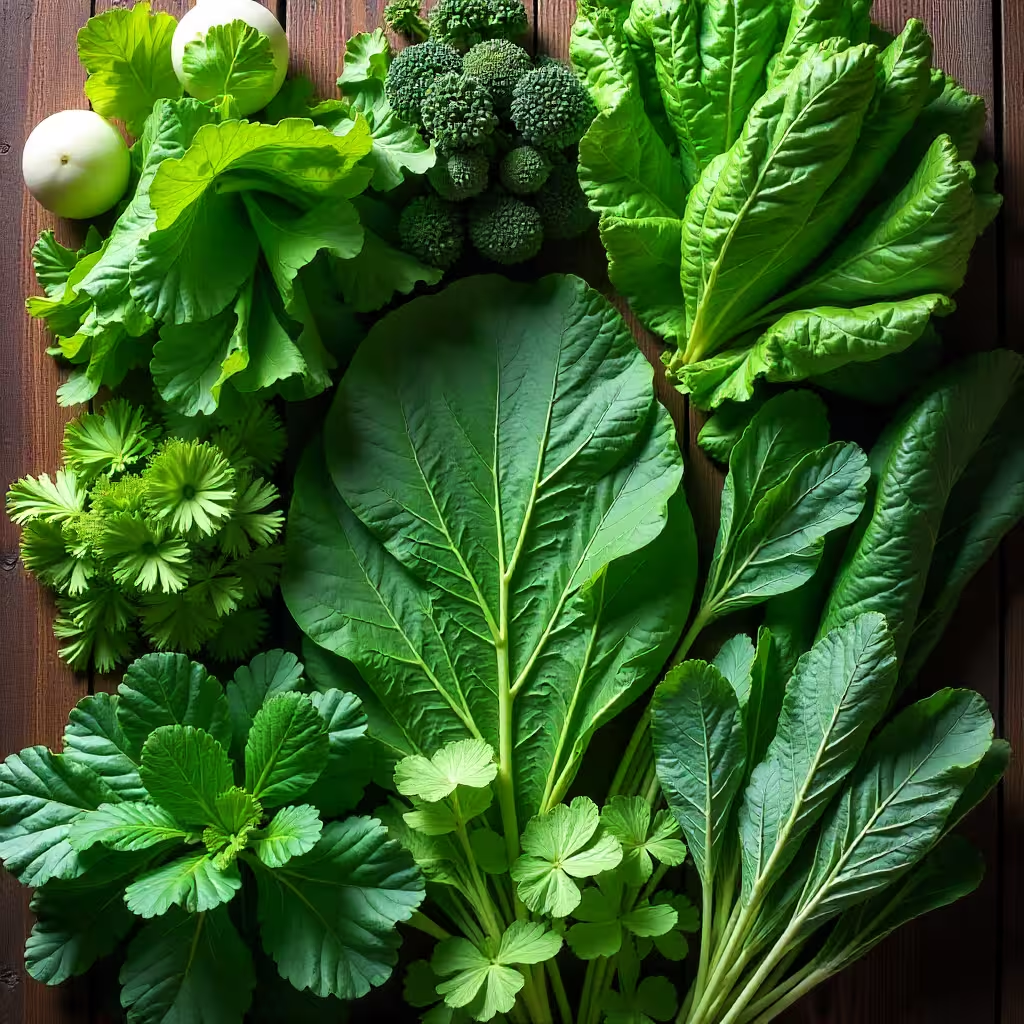
Among the most underappreciated compounds in leafy greens are lutein and zeaxanthin, two carotenoids that accumulate in your skin tissues and provide remarkable benefits for maintaining hydration and elasticity. These compounds are particularly concentrated in dark leafy greens like kale and spinach, and research has demonstrated that people with higher dietary intake of lutein and zeaxanthin show measurably better skin hydration, elasticity, and lipid content compared to those with lower intakes. Lutein helps protect the lipid layer of your skin's outer barrier, preventing the trans-epidermal water loss that leaves skin feeling tight, looking crepey, and showing every fine line more prominently than properly hydrated skin. By maintaining your skin's lipid barrier integrity, lutein ensures moisture stays locked in where it belongs, keeping your complexion plump, smooth, and comfortable rather than dehydrated and prematurely aged. Zeaxanthin works alongside lutein to filter harmful blue light from digital screens and environmental sources, which emerging research suggests may contribute to premature aging through oxidative stress and inflammation. These carotenoids also possess powerful antioxidant properties that protect the elastin fibers responsible for your skin's ability to bounce back after being stretched or compressed, maintaining that resilient, springy quality that distinguishes young skin from aged skin that has lost its ability to return to its original shape. Many people notice that after incorporating leafy greens into their daily diet for several weeks, their skin feels more supple and hydrated, with improved texture and that subtle firmness that comes from well-maintained elastin networks rather than the saggy, loose quality that develops when these fibers degrade.
Leafy Greens as Powerful Anti-Inflammatory Agents for Calm, Clear Skin
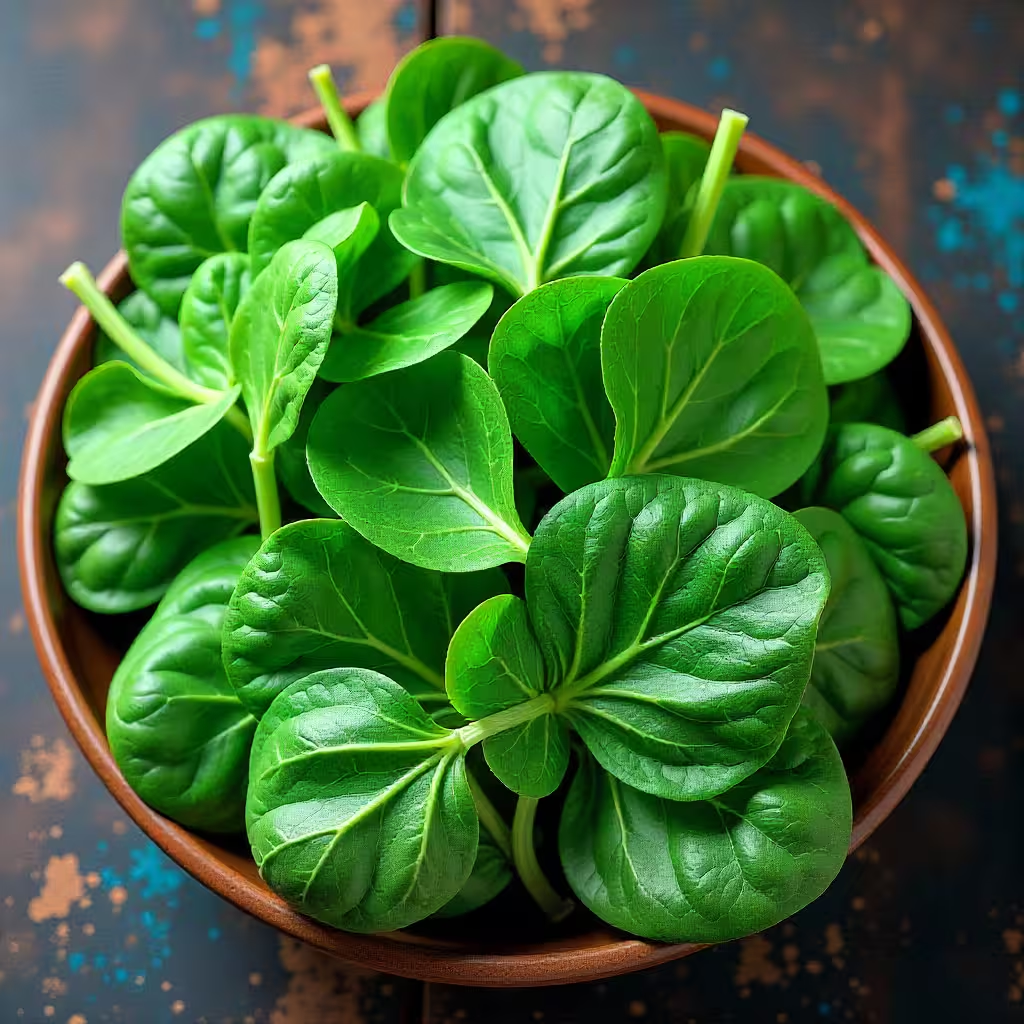
Chronic inflammation has emerged as one of the fundamental drivers of accelerated aging throughout the body, and in your skin it manifests as persistent redness, sensitivity, breakouts, enlarged pores, and the kind of irritated appearance that adds years to your perceived age regardless of your actual wrinkle count. Leafy greens contain an impressive array of anti-inflammatory compounds that help calm this systemic inflammation at its source, leading to visible improvements in skin clarity, tone, and overall appearance. The chlorophyll that gives these vegetables their green color has demonstrated anti-inflammatory properties, helping reduce the production of inflammatory mediators that trigger skin problems ranging from acne to rosacea to eczema. The various polyphenols and flavonoids in leafy greens work through multiple pathways to suppress inflammatory responses, helping prevent the kind of repetitive inflammatory damage that accelerates collagen breakdown, compromises barrier function, and creates the uneven, ruddy complexion associated with chronic inflammation. The omega-3 fatty acids present in some leafy greens, particularly in forms like purslane and certain varieties of lettuce, provide additional anti-inflammatory benefits by competing with inflammatory omega-6 fatty acids and shifting your body's balance toward less inflammatory signaling. Vitamin K, abundantly present in leafy greens, has shown particular promise for reducing dark circles under the eyes and minimizing the appearance of broken capillaries, both of which contribute to an aged, tired appearance. Regular consumption of leafy greens helps maintain the kind of calm, clear complexion that looks naturally healthy and youthful rather than inflamed, irritated, and prematurely aged by chronic low-grade inflammation.
Leafy Greens for Detoxification and Clear, Radiant Complexion
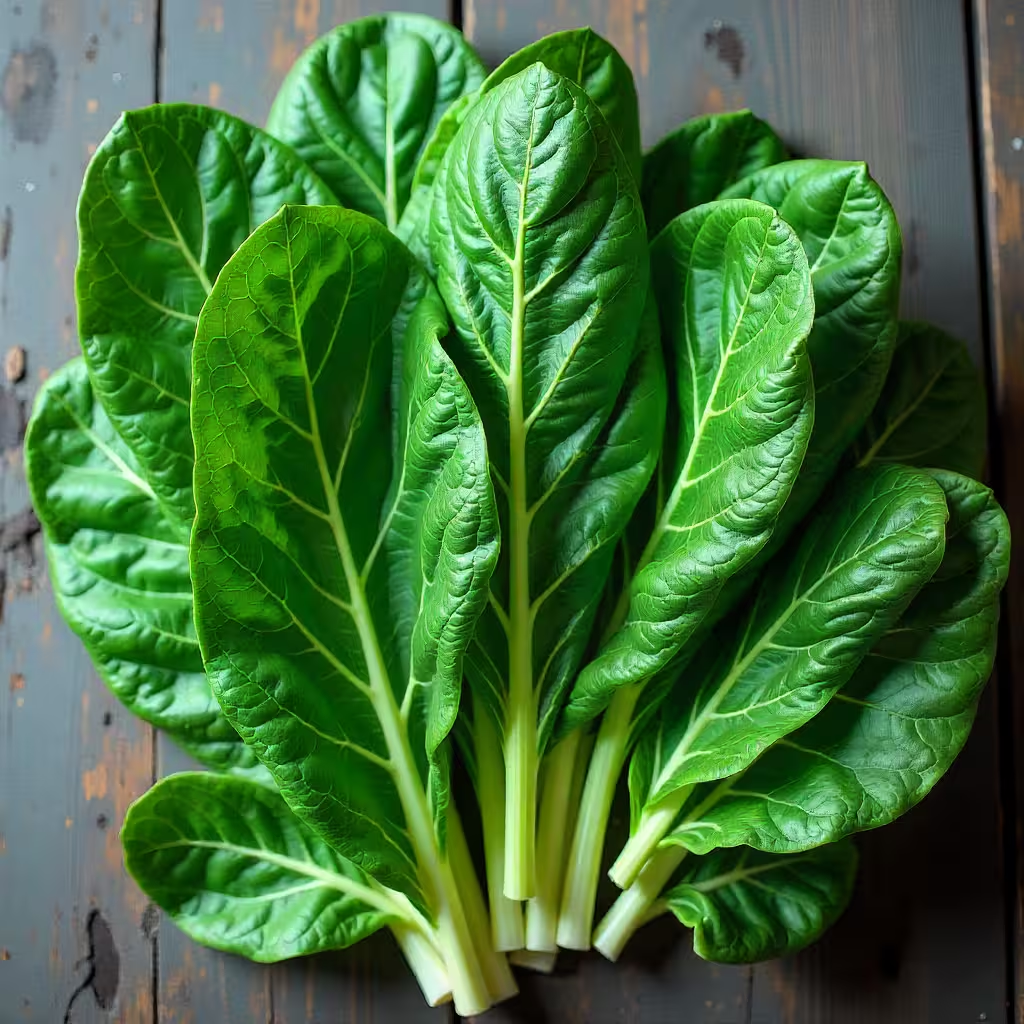
Your skin serves as a major detoxification organ, and when your body is overwhelmed by toxins or your liver cannot process them efficiently, these unwanted substances often manifest in your complexion through breakouts, dullness, uneven tone, and accelerated aging. Leafy greens provide exceptional support for your body's natural detoxification systems through their rich content of chlorophyll, sulfur compounds, and various phytonutrients that enhance your liver's ability to process and eliminate toxins. The chlorophyll in dark leafy greens binds to certain toxins and heavy metals, helping escort them out of your body before they can cause oxidative damage to your skin cells and accelerate aging. Cruciferous leafy greens like kale, collards, and arugula contain glucosinolates that break down into compounds like sulforaphane and indole-3-carbinol, which activate detoxification enzymes in your liver and help your body more efficiently process the environmental pollutants, metabolic waste products, and hormone byproducts that would otherwise accumulate and contribute to skin problems. The high fiber content in leafy greens supports intestinal health and regular elimination, ensuring toxins are removed through proper channels rather than being reabsorbed and eventually showing up in your skin. This enhanced detoxification translates to clearer, more radiant skin with fewer breakouts, less congestion, and that transparent, luminous quality that characterizes complexions unburdened by toxic accumulation. Many people report that within a few weeks of consuming leafy greens daily, their skin appears noticeably clearer and brighter, with a natural radiance that comes from improved internal cleansing rather than topical treatments that only address surface concerns.
Maximizing Leafy Greens' Skin Benefits Through Proper Preparation and Consumption
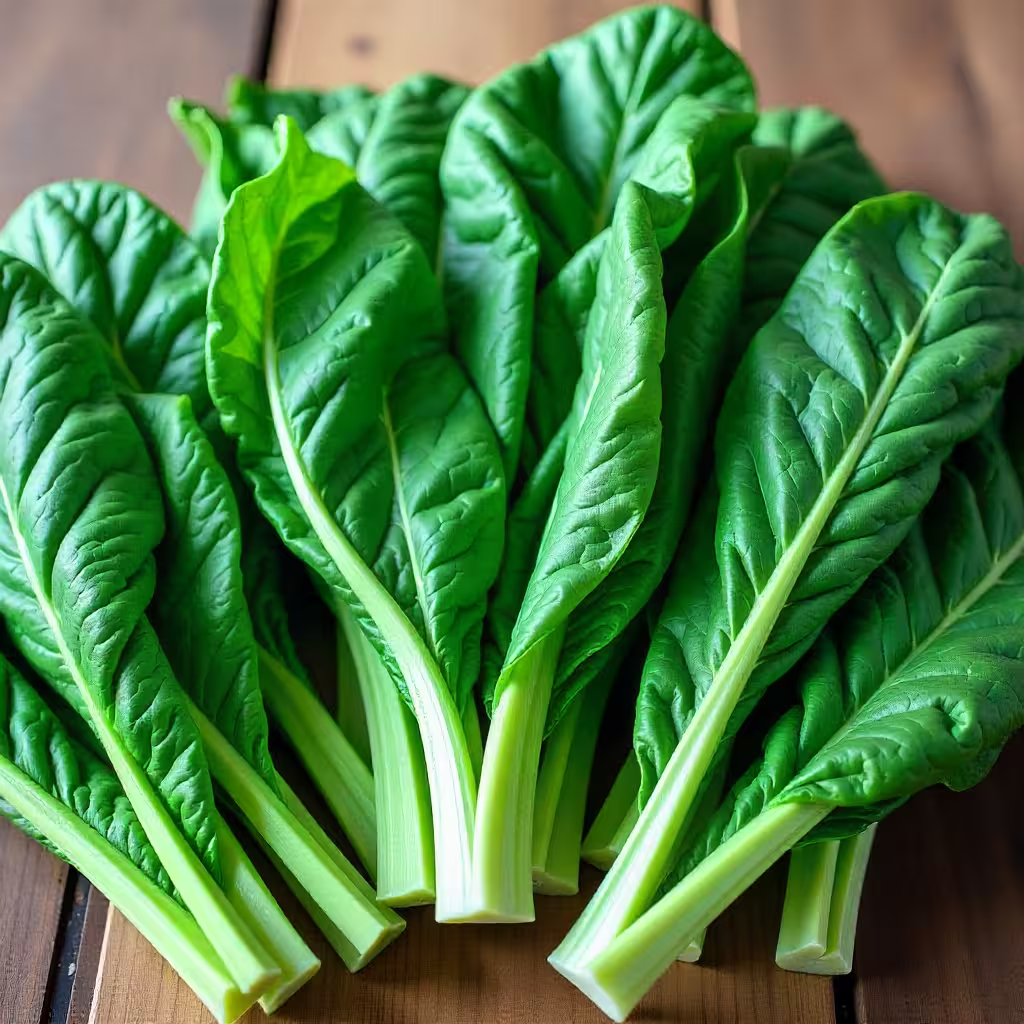
To fully harness the anti-aging potential of leafy greens, how you prepare and consume them significantly impacts the nutrients your body can actually absorb and utilize for skin health. While raw leafy greens provide excellent nutrition, lightly cooking them actually increases the bioavailability of certain beneficial compounds like carotenoids and minerals by breaking down cell walls and deactivating compounds that can inhibit absorption. A quick sauté in olive oil, light steaming, or adding to soups near the end of cooking optimizes nutrient availability while preserving heat-sensitive vitamins like vitamin C and folate. Because many of the beneficial compounds in leafy greens are fat-soluble, always pair them with healthy fats—olive oil, avocado, nuts, seeds, or full-fat dressing—to dramatically enhance absorption of vitamins A, E, K and carotenoids like lutein and zeaxanthin. Aim to consume at least two to three cups of varied leafy greens daily for optimal skin benefits, rotating between different types like spinach, kale, Swiss chard, collards, arugula, and romaine to ensure you're getting the full spectrum of beneficial compounds each variety offers. Organic leafy greens are preferable when possible, as conventionally grown varieties often appear on lists of produce with highest pesticide residues, and these chemical contaminants can interfere with your body's detoxification processes and potentially counteract some skin benefits. Adding a squeeze of lemon juice to your greens not only enhances flavor but also increases iron absorption through its vitamin C content, ensuring you get maximum benefit from these mineral-rich vegetables. Most people notice improvements in skin hydration and clarity within three to four weeks of daily leafy green consumption, with more dramatic anti-aging effects like improved firmness, reduced inflammation, and enhanced radiance becoming increasingly apparent over several months as your skin's nutritional status optimizes and cellular function improves.


